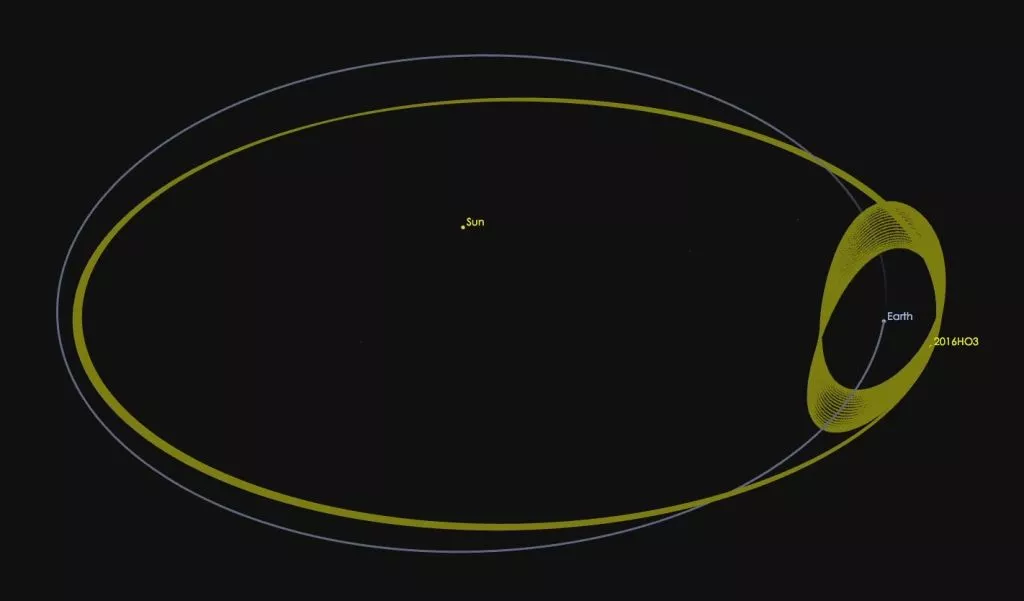
2021 is full of surprises in space exploration. And it's not just about conquering new horizons and crossing unprecedented astronomical units. So, Russia will join the Chinese mission to explore the asteroid and comet. And it will become more than just a formal partner. For the new Chinese interplanetary station ZhengHe, the Space Research Institute of the Russian Academy of Sciences will create three scientific instruments. Its launch is scheduled for 2024. The instruments will investigate charged particles in the vicinity of comet 133P / Elsta - Pizarro and Earth's quasi-satellite, the near-Earth asteroid 2016 HO3 .
The Chinese Academy of Sciences announced the start of work at the ZhengHe station three years ago. The central mission of the flight is understand the origin and properties of celestial bodies. Scientists put forward a hypothesis according to which in the distant past, bodies from the main asteroid belt delivered water to our Earth. For this, the Chinese interplanetary station will study their structure and composition. And Russian scientific instruments will help in this.
What will ZhengHe be equipped with?
The station is expected to carry a wide variety of instruments:
- multispectral and spectrometric cameras,
- thermal imager,
- spectrometers,
- low frequency radar,
- magnetometer,
- analyzers of charged particles and dust,
- descent lander,
- small orbiter.
Thanks to four robotic manipulators with drills, the station will anchor on the surface of the asteroid and collect samples from its surface. The predicted sample weight is <1 kg.
An explosive device will also be dropped on the comet's nucleus. Then, using the descent module, it will be possible to study the hidden layers and bowels of the asteroid.

Scientific instruments, which will be sent on a new mission, have been selected on a competitive basis since 2019. According to Oleg Vaisberg, an employee of the Space Research Institute of the Russian Academy of Sciences, the application from the Russian Academy of Sciences won. Our scientists will provide three research instruments to colleagues from China:
- ULTIMAN is an energy-mass spectrometer for studying plasma and magnetosphere, the field of view is hemispherical.
- ULTIWOMAN is the same device for registering ions and electrons as ULTIMAN.
- A small particle detector based on a Faraday cup for plasma studies.
The instruments will help to study the processes in the comet's dust and gas cloud, the ionosphere, as well as the processes of interaction of the solar wind with the asteroid 2016 HO3 and comet 133P / Elsta - Pizarro.
How the mission will proceed
The launch of the Chinese automatic station is scheduled for 2024. The total flight duration will be 8-10 years.
In the first 2-3 years, ZhengHe will extract soil from the asteroid 2016 HO3, deliver a capsule with it to Earth. Then he will make gravity assist maneuvers near Earth and Mars in order to send a research module to the main asteroid belt to comet 133P / Elsta - Pizarro. There he will work for about a year.
Why is there such an interest in these particular objects?
For scientists, acquaintance with small bodies of the solar system is of particular importance: comets, asteroids, damocloids, meteoric bodies and interplanetary gas. Their study allows us to understand what happened in the early solar system, what was the composition of the protosolar disk and the role of such objects in the delivery of various chemical compounds to the planets. The arrangement of small bodies in stable orbits makes it easier to access them for collecting samples from the surface.
